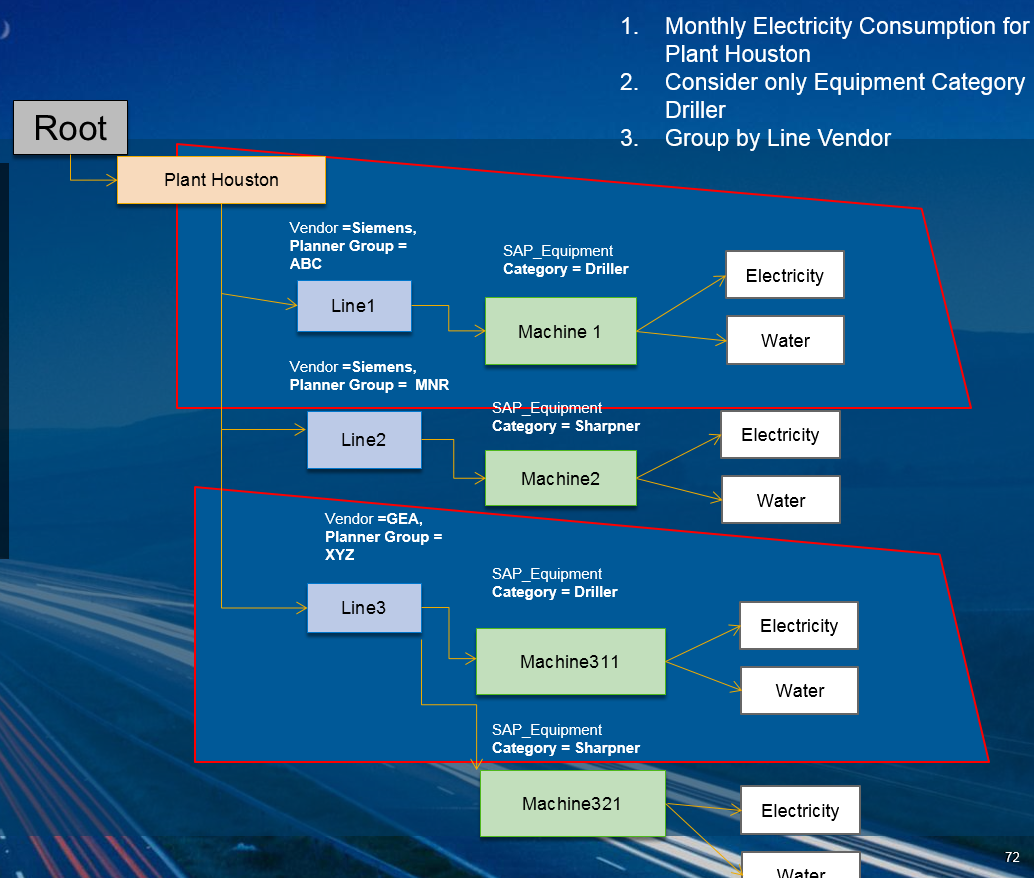
- SAP Community
- Products and Technology
- Product Lifecycle Management
- PLM Blogs by SAP
- MII helping IT/OT convergence
- Subscribe to RSS Feed
- Mark as New
- Mark as Read
- Bookmark
- Subscribe
- Printer Friendly Page
- Report Inappropriate Content
Manufacturing end to end process is generally being divided across 4 different layers where in top layer is primary dominated by planning system like PLM, ERP, SCM etc know as IT systems and bottom layer is primarily dominated by manufacturing execution system, and Manufacturing integration system , OPC server, historian, DCS, PLC, SCADA, etc. known as Operational technology systems. To support IoT and industry 4.0, IT system and Operational systems need to convergence seamlessly to bring a great insight for action by merging data from these 2 layers. There had been significant improvement done in SAP MII over the period of 2-3 years to bring these two worlds together, helping our customer to get right information. Here are some of the key functionality providing IT/OT convergence.
1. Plant Information Catalog - Plant information catalog was introduce in MII 14.0 to organize vast variety of sensor coming from plant automation system in a logical hierarchical format making it quite easy for the business user to find any sensor data without knowing the technical name of the sensor. Plant information catalog can be used to depict equipment structure along with measurement points associated with different equipment. Plant information catalog was enhanced to bring the PP or PM hierarchy from any of the ERP system, providing the functional context available in your planning system. The leaf of the plant information catalog on one side will point to a tag/sensor mapped to automation layer and on the other side it can be mapped to a measurement point from ERP. This is one of the great example where IT system ERP PP and PM hierarchy is linked with sensor data coming from automation layer providing greater insights. Below screen shot shows how PP/PM hierarchy with measurement point can be mapped in PIC




2. Data converse of IT and OT system - Once the PIC is maintained, user can retrieve sensor data along with the business context using catalog query e.g. historical/current value of boiler pressure along with which functional location, equipment does it belong to. This helps conversing data from IT and OT system when retrieving data. In single query, user can get sensor data along with business context from SAP ERP system.
here is the current value of the tag returned from catalog query

the below row set is about which plant and equipment number does it belong

3. Notification events with business context - the other use case of IT and OT convergence is brining business context along with sensor data when an event is raised for unexpected tag values. In this scenario, MII has been enhanced to create notification from MII helping to bind business context from PIC along with the tag values in the notification payload. This greatly helps in sending all relevant information in the notification enabling to make a call to core ECC system without doing any additional look up. Check the how to doc for this topic as below.
MII 15.0 - Remote PCo Notification Management how to doc https://scn.sap.com/docs/DOC-62440
MII 15.1 - Remote PCo Notification Management how to doc - https://scn.sap.com/docs/DOC-69623
Notification creation with tags and business context together.
Browse the tags from PIC

Bind the context from PIC nodes like equipment ID

4. In the area of BigData, customer would like to bring the IT and OT data into central HANA for doing high sophisticated analysis and run predictive algorithm to find root cause. Business suite system can be replicated to central HANA using different option and for OT data MII has been enhanced to federate MII PCO queries into HANA as virtual table which can then be used in calculation views, stored procedures for detail analysis with Lumira and also for prediction. Additionally, using pco notification along with business context from PIC, customer can stream the data into HANA using pco ESP destination brining IT and OT data together in HANA for further analysis.
PCO query in workbench

Mapped as a separate virtual table in HANA

Query on top of virtual table, returns the data on the fly from historian.

How to Doc for HANA SDA Integration with MII - https://scn.sap.com/docs/DOC-69597
5. Energy Monitoring and Analysis - another use case of IT, OT convergence is ability to do energy analysis across your plant structure depicted as PM/PP hierarchy coming from IT system and meter data coming from OT layer. MII 15.1 has added the capability to store the equidistant meter data in KPI and link this data with Plant Information Catalog leaf node and then providing query capabilities to ask question like give hourly energy consumption for plant Houston, considering equipment of type Driller and group by line Vendor where in equipment category is a property for machine and Vendor is property of Line node. This is also a very good use case of combining IT, OT data to for managing the energy in the plant, providing greater insight for doing corrective actions.
KPI with equidistant option to store meter data

data for different meter with same equidistant option is stored in single KPI for which data is shown as below



after linking the KPI with PIC structure, queries like below can be asked.

and dashboard like below are possible using SSCE.

How to doc for Energy Monitoring with MII objects - https://scn.sap.com/docs/DOC-69627
- SAP Managed Tags:
- SAP Manufacturing Integration and Intelligence
You must be a registered user to add a comment. If you've already registered, sign in. Otherwise, register and sign in.
| User | Count |
|---|---|
| 2 | |
| 2 | |
| 2 | |
| 1 | |
| 1 | |
| 1 | |
| 1 |